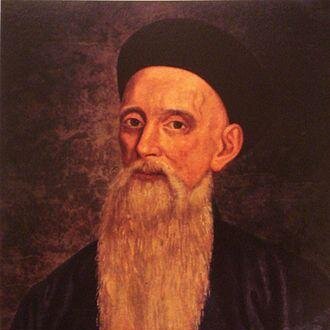Description du Royaume de Tchen-La
by Jean Joseph Marie Amiot
First Western compilation and temptative translation of Chinese sources on Chenla (Cambodia)

- Format
- book section
- Publisher
- from Mémoires concernant les Chinois par les Missionnaires de Pékin Nyon l'ainé, Paris | Vol XIV out of XVI, chapter 8, pp 111-121
- Edition
- Book section | ADB Documents
- Published
- January 1789
- Author
- Jean Joseph Marie Amiot
- Pages
- 11
- Language
- French
The “rich Tchen La” kingdom is described here for the first time in Western literature, from Chinese chronicles, and even if Pere Amiot’s translation has been later criticized by Sinologists such as Abel-Rémusat, it remains an important reference.
Interestingly, while the French Jesuit missionary had no qualm in detailed the reasons why Chinese observers thought that “les lois les plus ordinaires de la pudeur né sont pas respectées chez ce peuple” [“these people do not abide by the most elementary laws of decency”], the quite graphic description of sexual freedom led later scholars to keep this writing behind locked doors.
Gold abunded in early Cambodia, to the point that “all 30 towers of the capital city are covered with gold, as well as many bridges”. The description also notes that “in the Kingdom, astronomers are quite versed in predicting lunar and solar eclipses (…), and make their year start with the moon corresponding to the tenth Chinese moon”, thus “around the equinox”.
The account ends on a crucial notation from the Chinese point of view: apparently, the Kingdom had not paid the previous tribute to the Chinese emperor “for around two hundred years now.”
Tags: missionaries, Chinese sources, Zhou Daguan, sexuality, astronomy
About the Author

Jean Joseph Marie Amiot
Jean Joseph Marie Amiot, known as Père (Abbot) Amiot or Amyot and as 錢德明 (Qian De-Ming) as a mandarin (1 Feb. 1718, Toulon, France — 9 Oct. 1793, Beijing) was a French Jesuit missionary during the reign of the Qianlong Emperor, and studied Chinese literature, astronomy, music, botany, geography, from 1750 (time of his arrival) until his death.
A correspondant of the French Académie des Sciences and an official translator of Western languages for the Chinese Emperor, he was the first Western writer to mention Zhou Daguan’s description of Zhenla (Chenla), even if his translation was later perfected by Abel-Rémusat, and the first to ship Chinese free-reeded musical instruments to Europe, including the sheng, which was to inspire the invention of the harmonica (French harp). A biographer of Confucius, author of a Tartar-Mandchurian grammar, he was also the first translator of Sun Tzu’s L’Art de la guerre (The Art of War).
The volume XIV of the monumental series Mémoires concernant l’Histoire, les Sciences, les Arts, les Moeurs, etc.., des Chinois, par les Missionnaires de Pe-Kin, published in January 1789 in Paris (16 vols.), contains the description of Chenla among other “countries paying tribute to the Emperors of China”.
